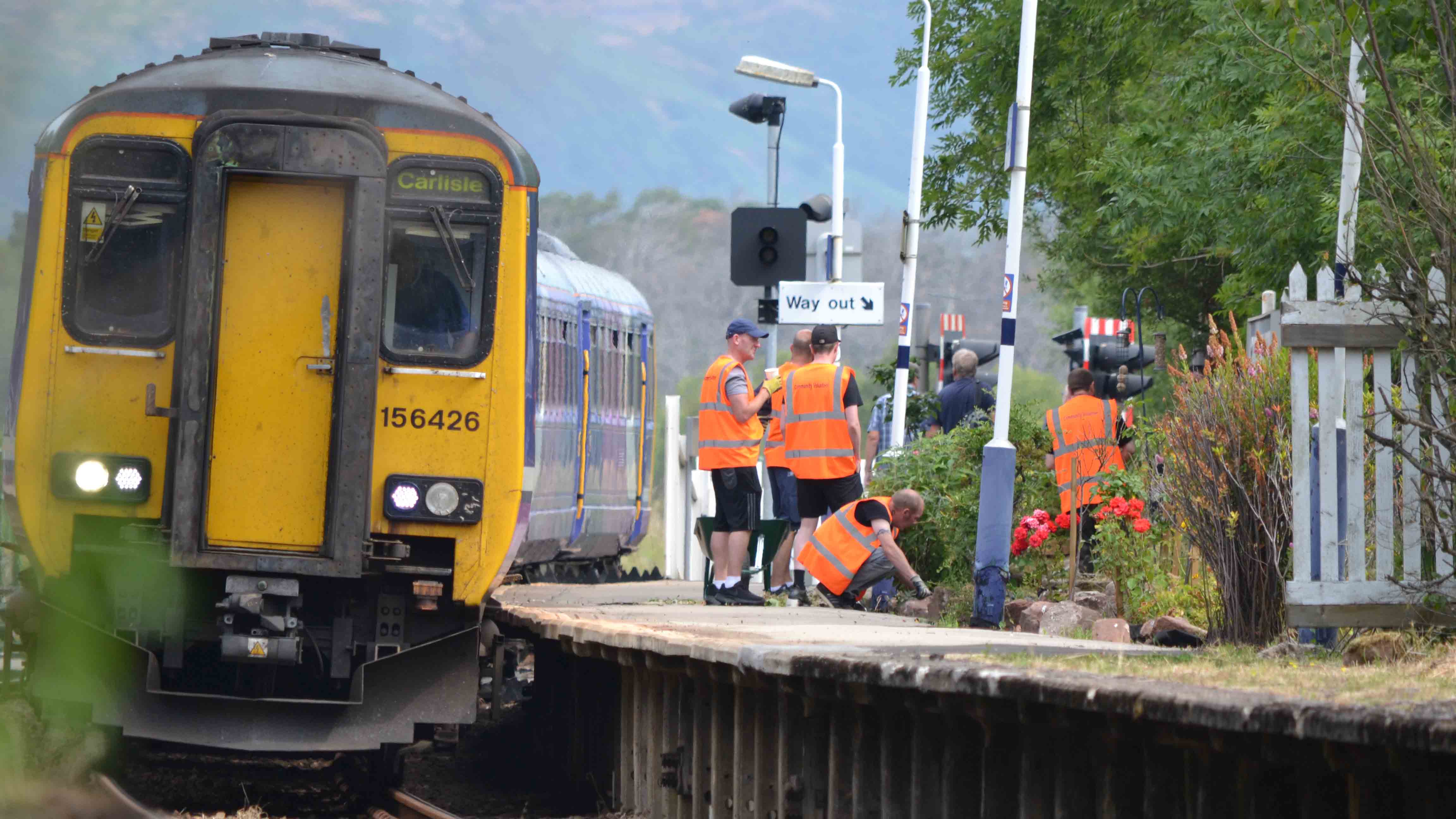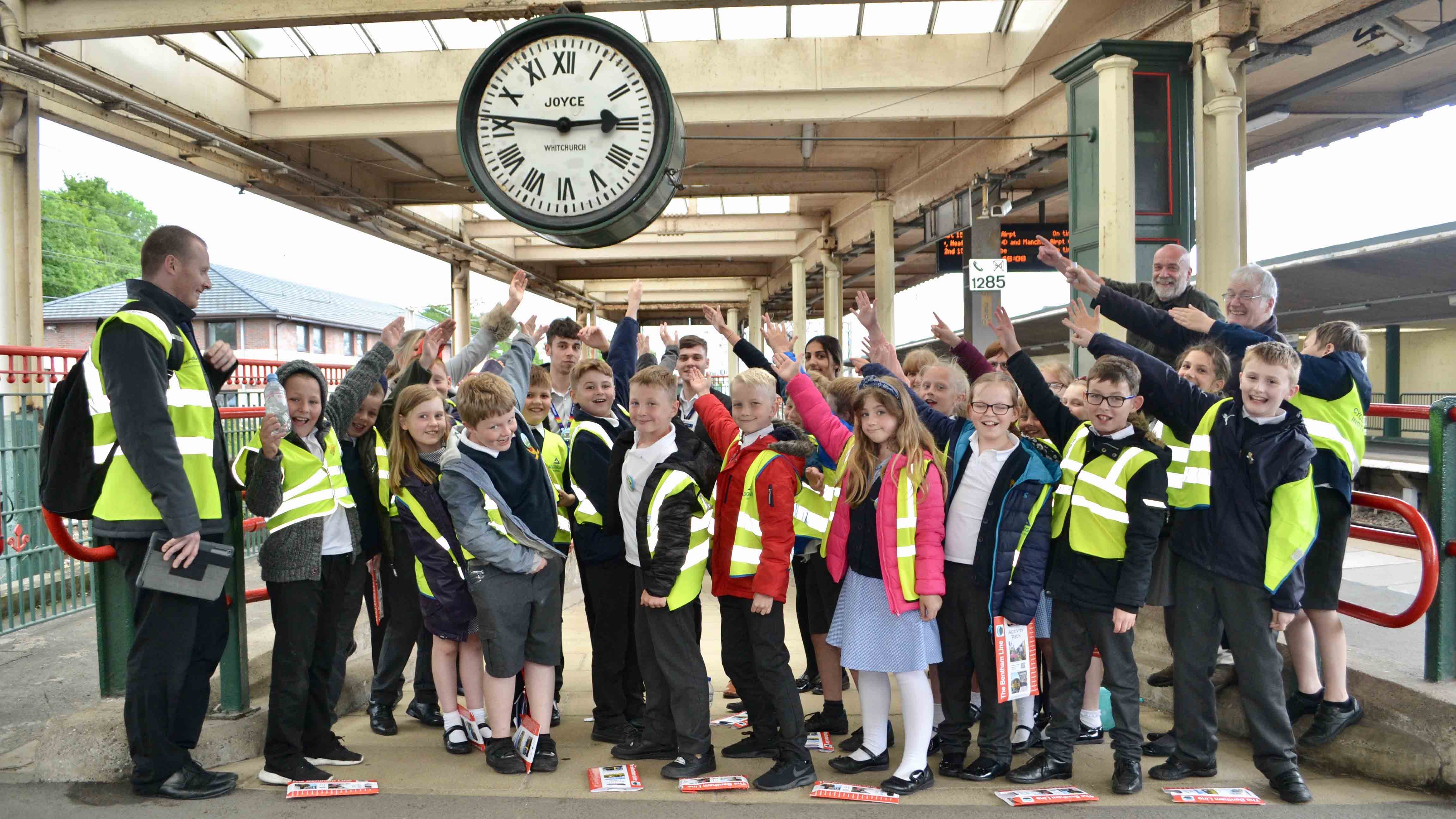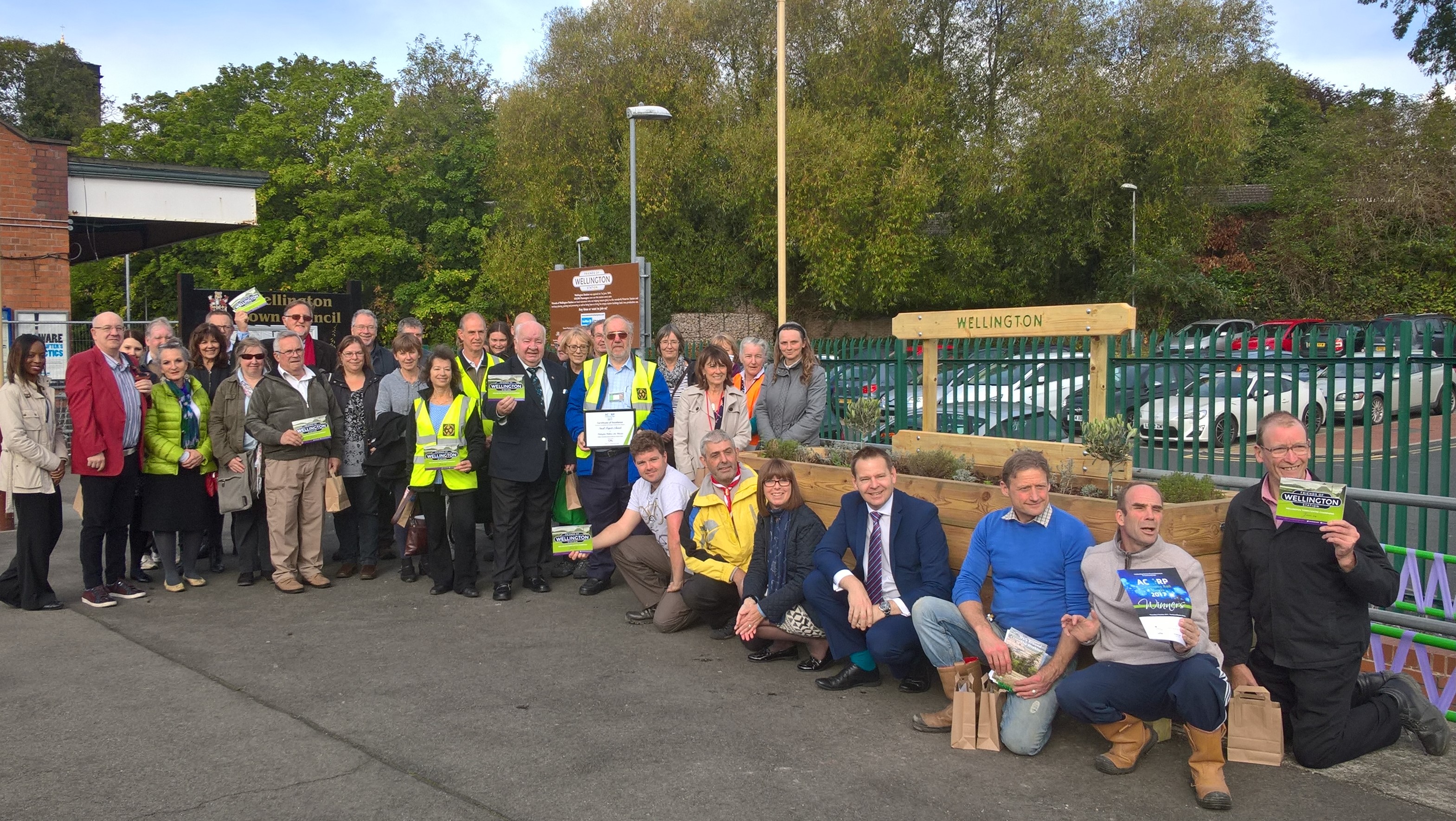WE ARE MANY.
WE ARE RAILFANS.

Railfan-Guest
December 10th, 2020
Most people in the rail industry have at least a vague awareness of community rail, and many champions, some very senior, are adamant of its importance. Yet in the eyes of the public, its growth and impact are a lesser-known success story of communities and transport working together, delivering far-reaching social, economic, and environmental benefits. So, what exactly is it?
Community rail is a unique and fast-growing national movement in the UK that supports communities to get the most from their railways. It now spans Britain, in diverse rural and urban locations, and its impact on wellbeing, inclusion, sustainability, and local development is growing.
There are now more than 70 community rail partnerships; community-based organisations, mostly with one or two staff, which work along a line, or across a county or region, in partnership with the rail industry, other transport providers, local authorities, charities, and educators. A Class 156 Super Sprinter passes volunteers at Green Road Station in Cumbria. Photo courtesy of Community Rail Network
A Class 156 Super Sprinter passes volunteers at Green Road Station in Cumbria. Photo courtesy of Community Rail Network
There are also at least 1,000 station friends’ groups across the network: volunteer groups who bring local people together with the station as a focal point, but whose work reaches well beyond station boundaries. Increasingly, we see stations adopted not only by volunteers interested in railways and stations, but also by schools, colleges, support groups, charities or enterprises, who see the benefits of working in a rail environment, and opportunities for making a tangible difference to their locality.
To give a flavour, common community rail activities include giving children and young people their first train experience, and helping them to develop confidence using rail, combined with other sustainable and active modes. They often include celebrating local history, bringing local people together through fun events, and promoting green travel. They include transforming stations into, not only more welcoming places, but useful hubs and celebratory gateways: places local people can feel proud of, and use to reconnect with their locality. Community rail also involves influencing or delivering improvements to the way rail serves local people and connects with other modes, from advising on timetables, to building a case for service improvements, to managing projects to develop active travel infrastructure connecting with stations. Children enjoy a visit to Carnforth Station. Photo courtesy of Community Rail Network
Children enjoy a visit to Carnforth Station. Photo courtesy of Community Rail Network
The movement’s wide-ranging benefits are reflected in themes of the Department for Transport’s Community Rail Development Strategy: providing a voice for communities; promoting sustainable, healthy, and accessible travel; bringing communities together and supporting diversity and inclusion; and social and economic development. This underlines that the government believes in community rail to deliver impact in these areas, and indeed, we have many inspiring examples of its powerful effect on place-making, regeneration, sustainability, opportunity, and changing people’s lives for the better. We also have evidence that community rail benefits rail usage: passenger numbers on lines with community rail partnerships rose by 42% from 2008/9 to 2017/18, compared to an overall increase across the network of 35%.
Aside from community rail’s contribution to railways and society, it also means a great deal to the individuals who make it happen. We conservatively estimate there are 8,500 volunteers giving 390,000 hours of their time per year, worth £33.2m. The vast majority of these are ‘station adopters’, and this concept continues to be one of the outstanding successes of community rail. Volunteers install planters at Flitwick Station. Photo courtesy of Community Rail Network
Volunteers install planters at Flitwick Station. Photo courtesy of Community Rail Network
For example, the work of just one station friends’ group can provide healthy, outdoor volunteering and food growing opportunities that give many people enjoyment, boosting health, wellbeing, cohesion, and skills. They may also promote their town, village, or line for leisure and tourism, providing maps and information. They might engage local young people in creative projects, stimulating a sense of familiarity and ownership of the station. They might spearhead station buildings being brought back to life in a way that celebrates local identity, creating a community asset from a wasted space. They might run school visits and trips, sowing seeds of interest and enthusiasm for rail among children. They might highlight a need for cycle parking and improved pedestrian access. The list, and the ideas that groups continue to come up with and develop, goes on.
In fact, seeing a station with a well-established friend’s group or community rail presence can be an inspiration. To name but a few, Glossop, Hindley, Brighton Road, Smethwick Rolfe Street, Millom, Avonmouth, and Kilmarnock all spring to mind, and are highly recommended for a visit. To find out more about station adoption, and how you can get involved, go to communityrail.org.uk/community-rail/station-adoption. Wellington Station (Shropshire). Photo courtesy of Community Rail Network
Wellington Station (Shropshire). Photo courtesy of Community Rail Network
As we rebuild from Covid-19, within community rail, and across our railways, we will need to redouble efforts, with our partners, to create confidence and togetherness, and play our part in re-orientating ways of thinking and living to be more socially and environmentally-responsible. Community rail is all about that: communities and connectedness, and people working together to make things better for each other and our shared future.
Established in 2000, Community Rail Network provides support and advice to the community rail movement. We share best practice and connect community rail partnerships and groups together, while working with government at different levels, the transport industry, and the voluntary sector to champion community rail and share its insights on sustainable transport development. For further information, visit communityrail.org.uk



